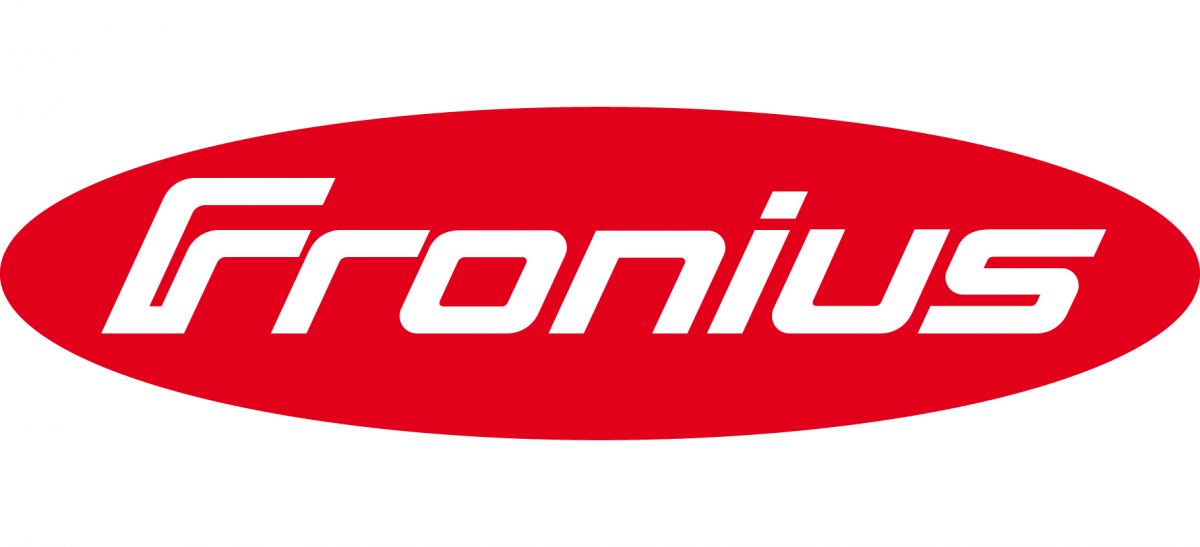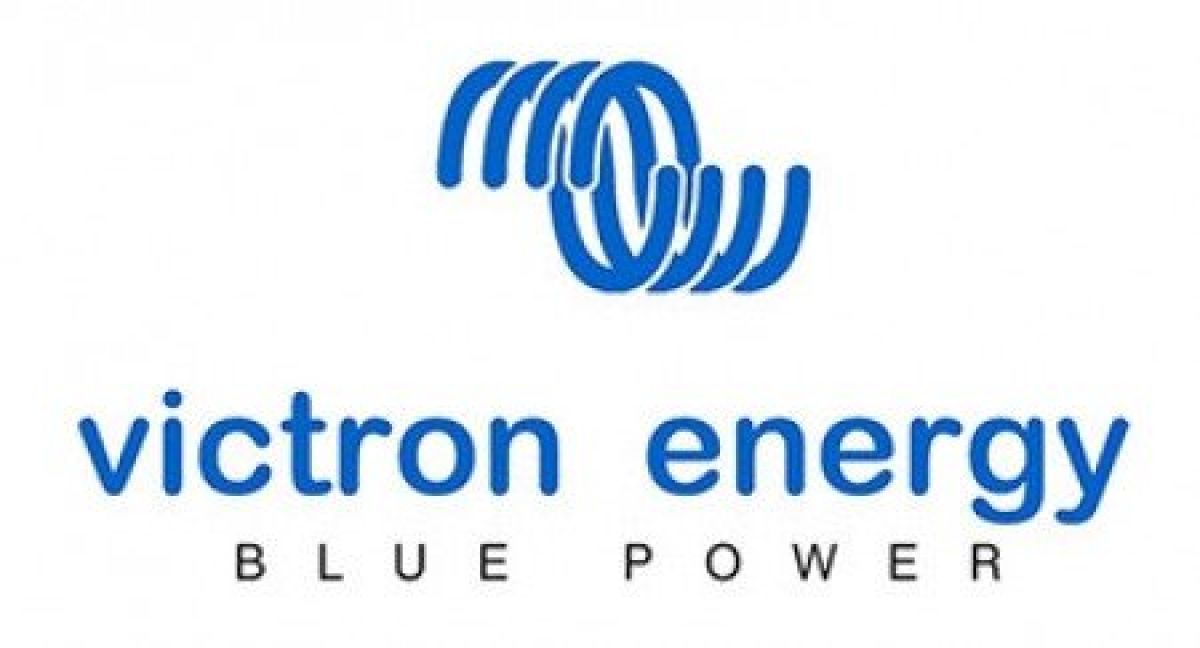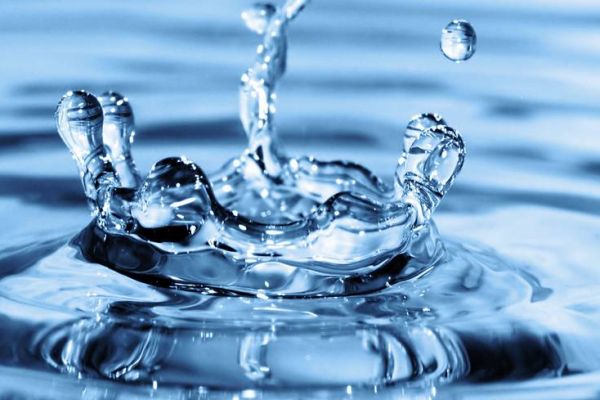
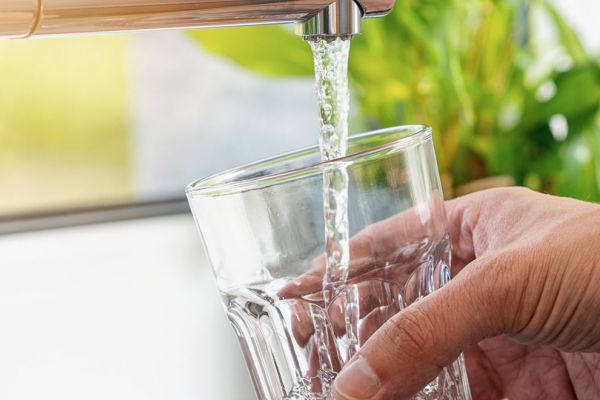
Why choose a Water Softener?
The water, as it travels through the various phases of its cycle to end up in the underground water basin and then in our tap, passes through various subterranean rocks, where it collects, among other things, minerals, such as magnesium and calcium salts, which are added to its composition. Depending on the concentration of these minerals we characterize water from
Veröffentlicht am: 08/19/21The water, as it travels through the various phases of its cycle to end up in the underground water basin and then in our tap, passes through various subterranean rocks, where it collects, among other things, minerals, such as magnesium and calcium salts, which are added to its composition. Depending on the concentration of these minerals we characterize water from "very soft" to "very hard".
Several different units of measurement are used to measure the hardness of water. The most common are the German degrees (° d), the French degrees (° f), and the American degrees (ppm CaCO3).
The following tables present the characteristics of water, in relation to its hardness and the correlation of the units of measurement.
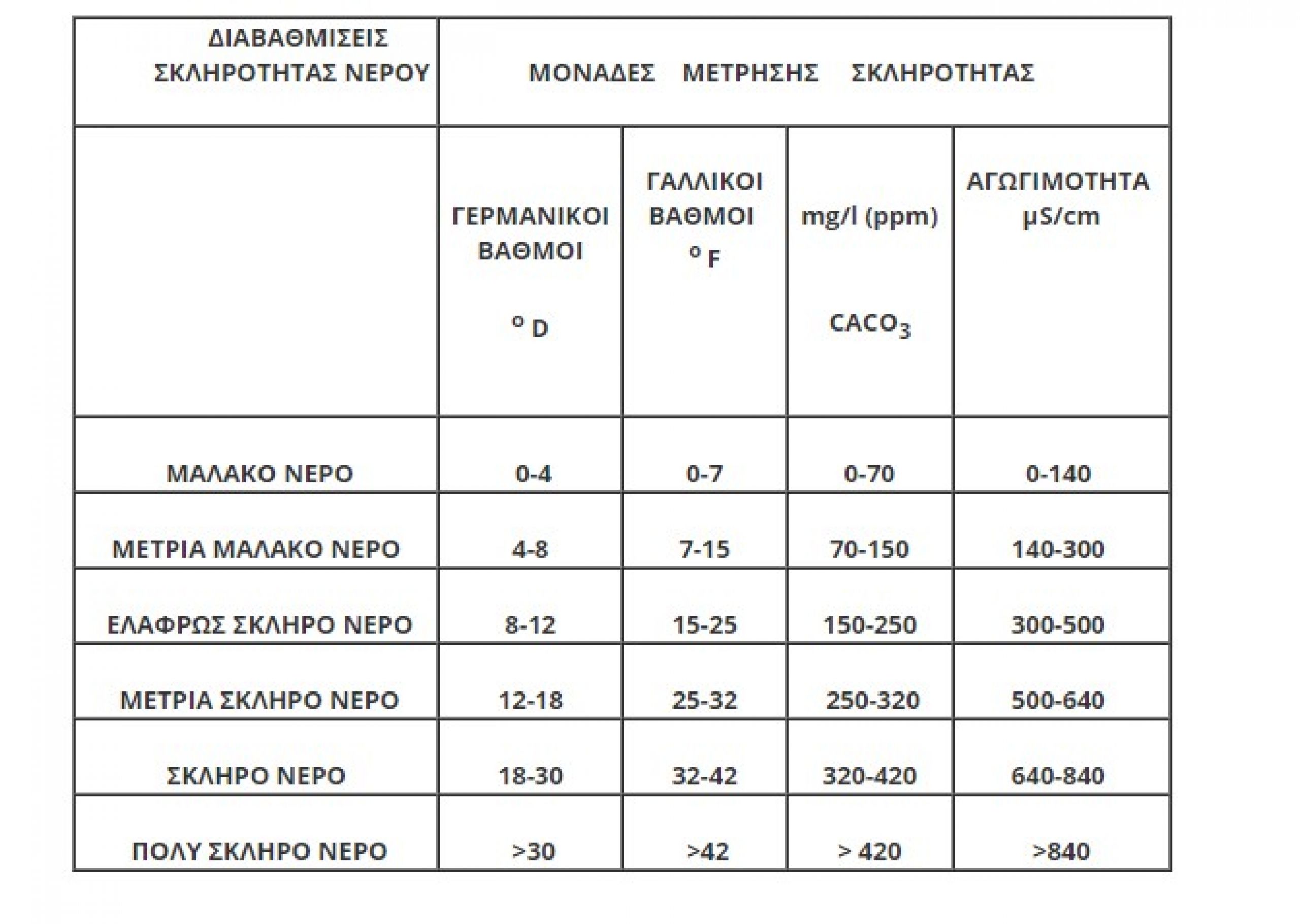
What Causes Water Hardness?
- Wears out the Plumbing and Reduces the Flow of Water
- Reduces the Efficiency and Lifespan of Devices
- Requires More Electricity Consumption
- Dries and dehydrates hair and skin
- Destroys clothes
- It is detrimental to the processing of the final product in some industries
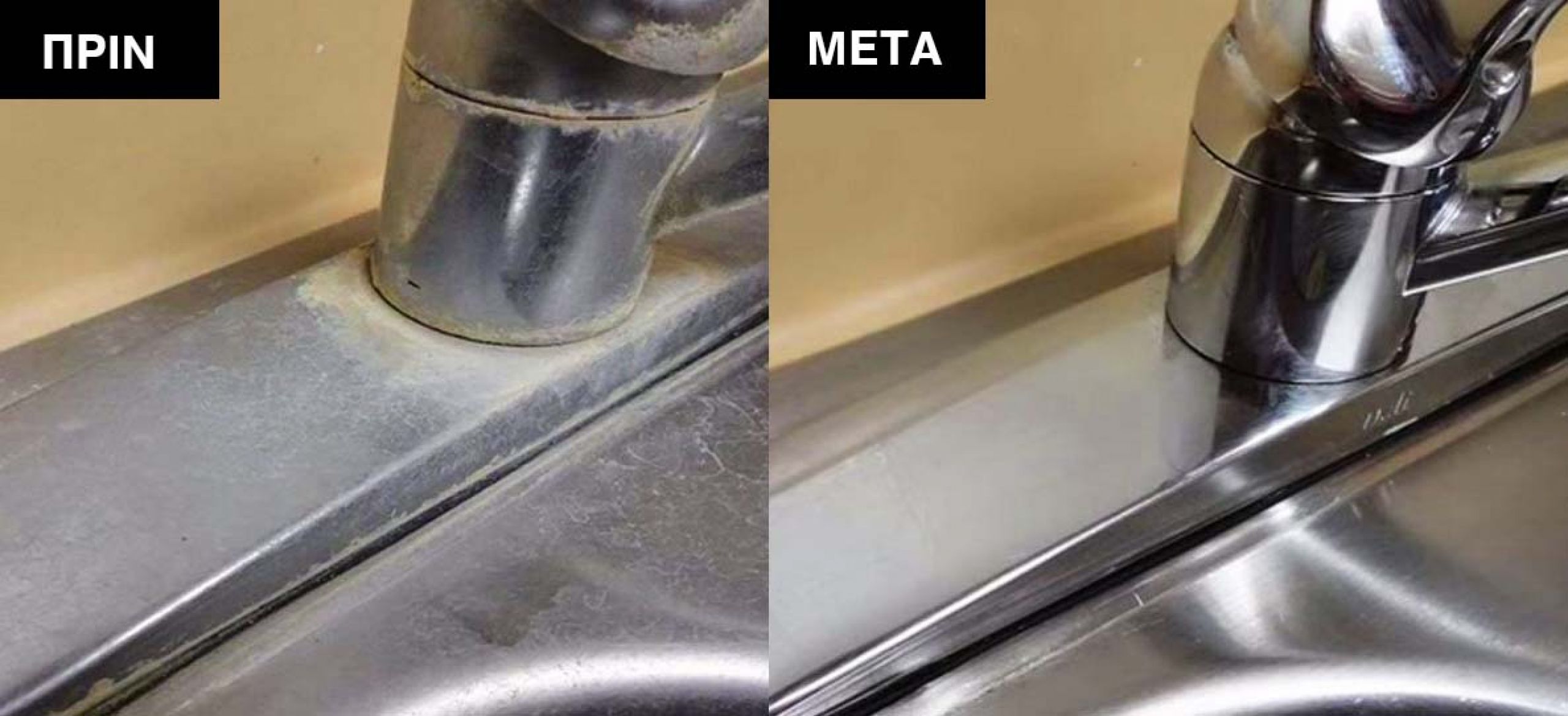
Hard Water Soft Water
Is there a way to get rid of the salts that cause hardness, and enjoy the benefits of "soft" water?
For this purpose, to remove the hardness elements from the water, there are various water treatment devices and various softening methods.
The most modern way is considered to be the water softener, which with the help of a special ion exchange resin, softens the water. In particular, the water softener is a system, which is installed in the central supply of the home or business and with the help of the resin replaces the ions that increase the hardness of water (carbonates and magnesium) with sodium ions (softening method). These ions are more water-soluble and stable and do not form scale deposits.
What are the main parts of a softener?
- 1.Resin container, where the special ion exchange resin is located, and is the main part of the softener. The amount of resin inside determines to some extent its capacity, the liters of water, ie it can harden. Thus, there are softeners 25 lt, 50 lt, 75lt etc
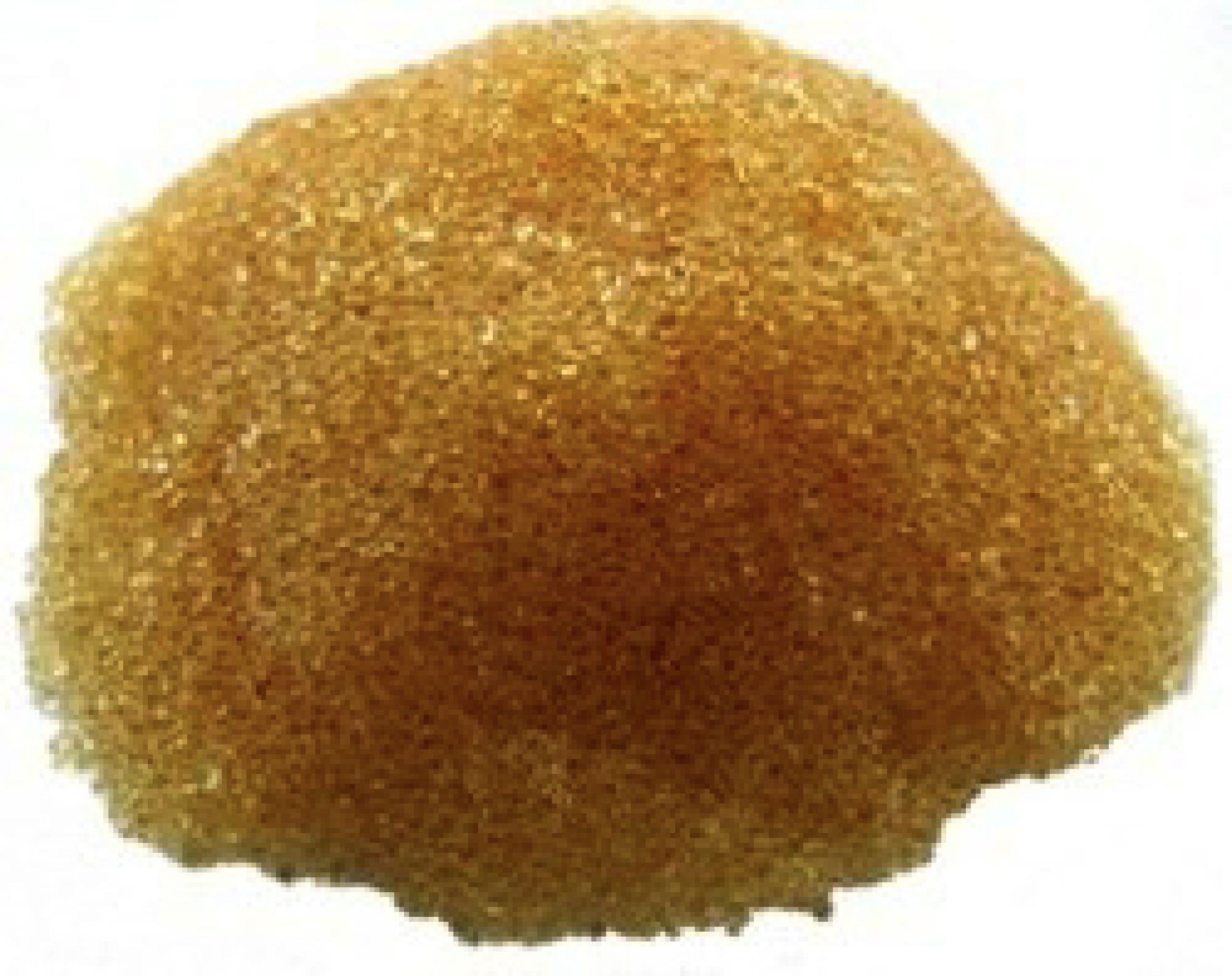
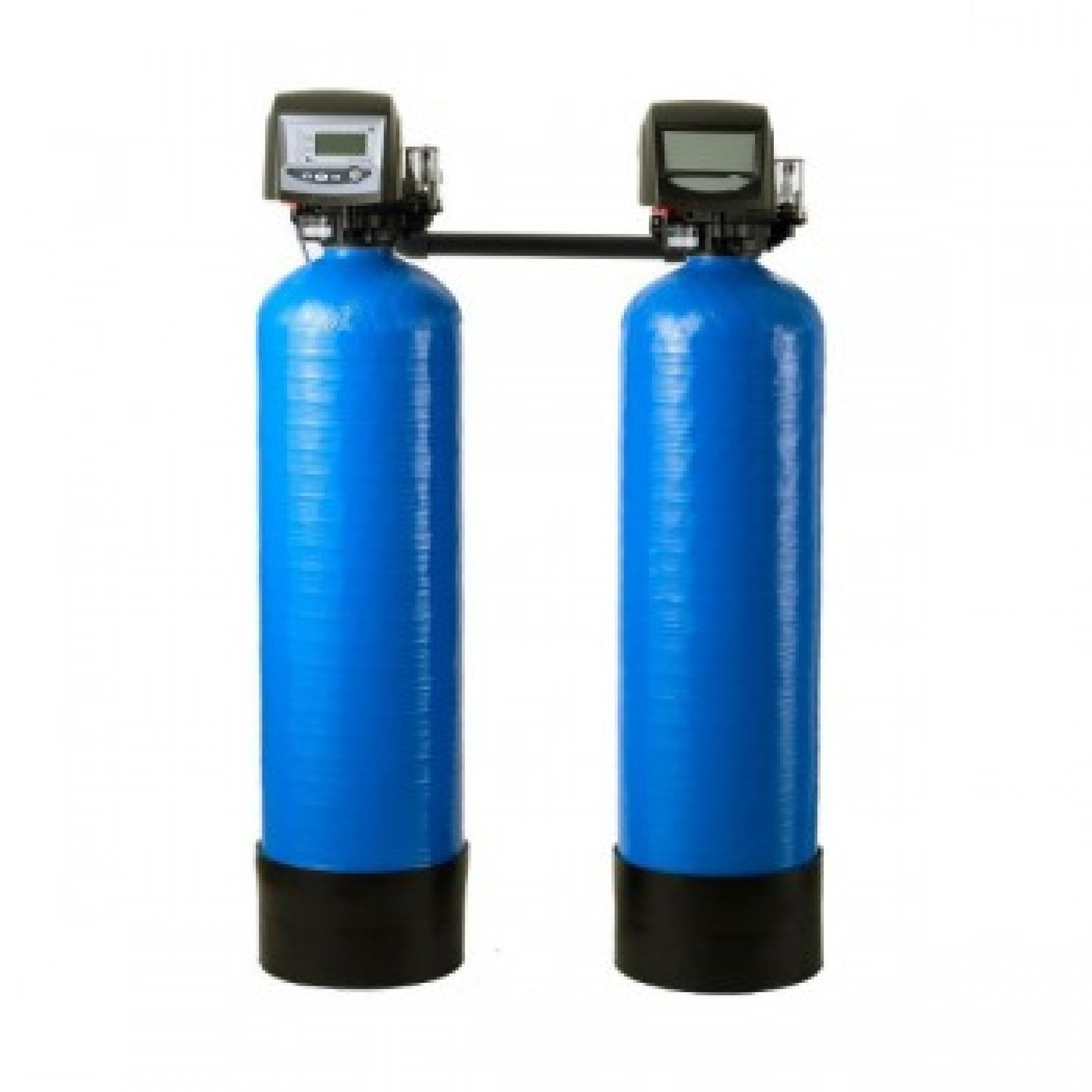
- 2.Brine container, where the sodium solution is prepared for the rinsing and regeneration phase of the resin. The brine removes the hardness from the resin and then the brine with the hardness is drained.
- 3.Head, or control valve, which is located at the top of the resin container and regulates the flow of water, as well as when the resin will enter the regeneration phase.
The heads are divided into chronological, when the regeneration is scheduled to start at a specific time and day of the week (eg once every 3 days), and volumetric, so the regeneration is based on the volume of water (e.g. .x. 1 time per 5m³). The latter are recommended, mainly for professional or industrial use, where water needs are particularly high.
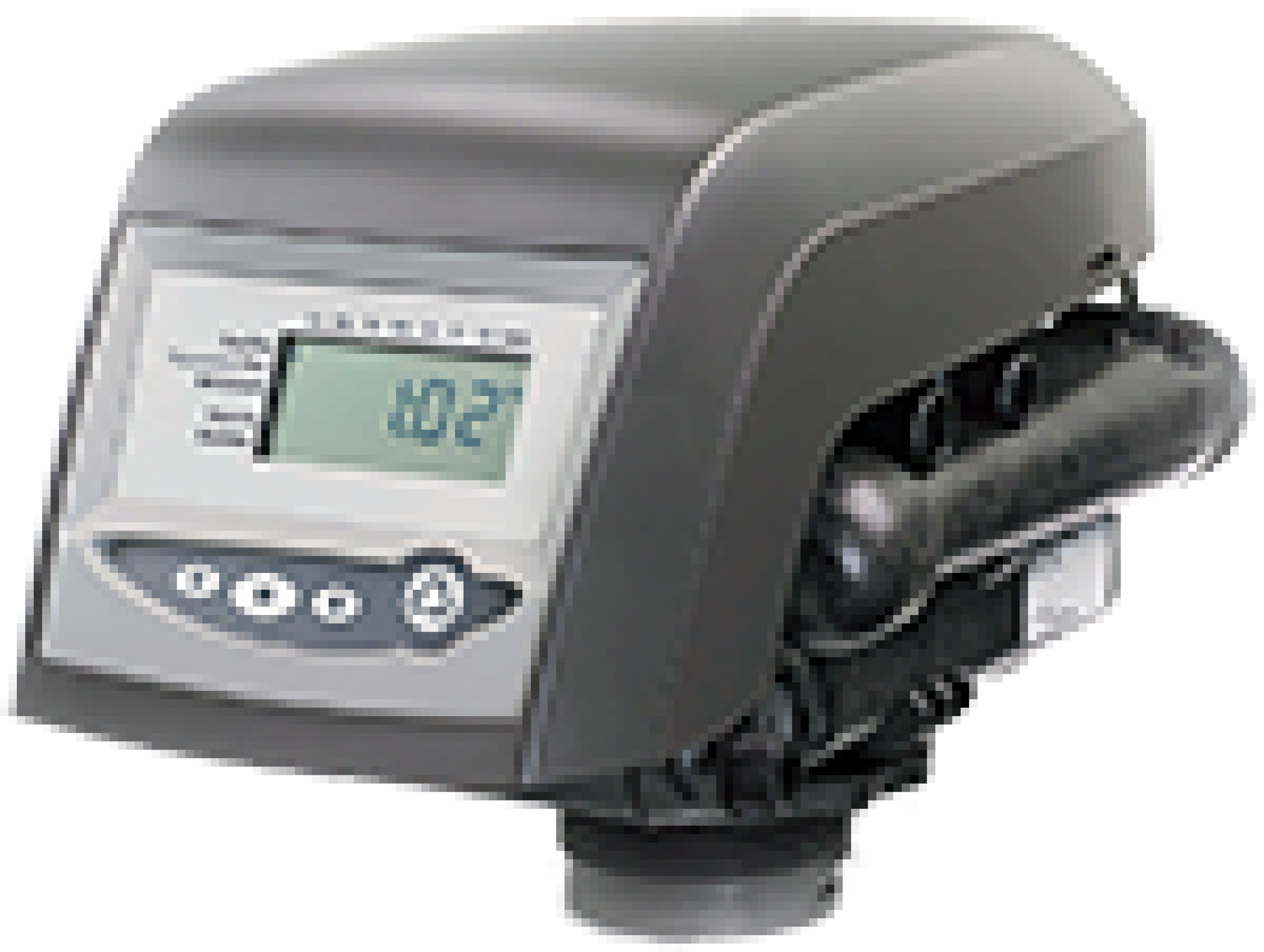
You can view and select the softener you want for home or business use. Find out more from our page at www.cretaenergon.gr and consult us to suggest solutions that meet your needs. We will be happy to serve you and answer any questions you may have about water softeners!




